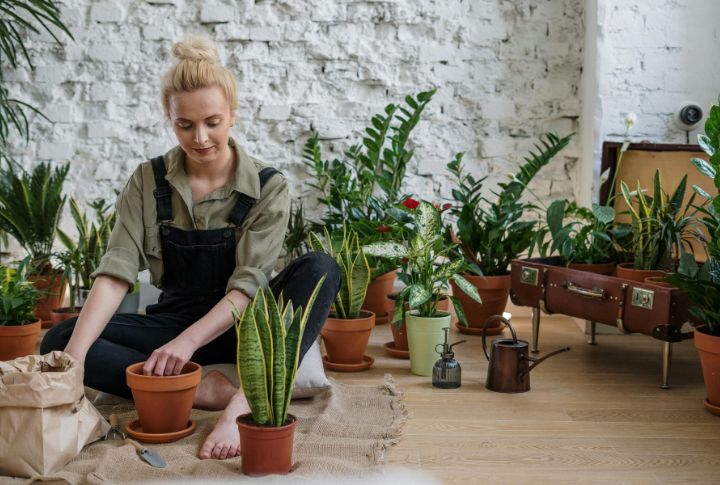
Living sustainably in the city doesn’t mean you need a sprawling yard or endless resources. By getting creative with your available space, you can grow your own food, reduce waste, and live a more self-sufficient life. Here are 15 practical, no-nonsense hacks that can help you make your home a mini oasis of sustainability.
Grow Greens Indoors Without the Fuss
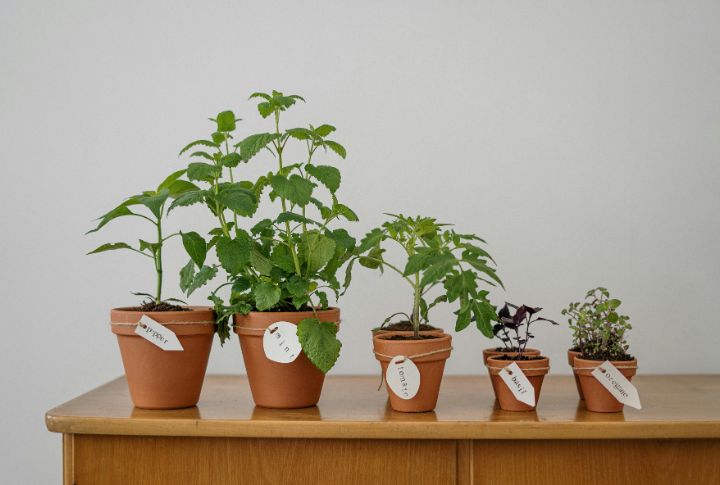
A lack of outdoor space doesn’t have to stop you from growing your own food. Grab small pots or even vertical garden setups and position them near sunny windows. Herbs like basil or mint do well in these conditions and can instantly elevate the taste of your meals. You don’t need a backyard to enjoy fresh greens when a windowsill will do.
Maximize Your Space with Vertical Gardening
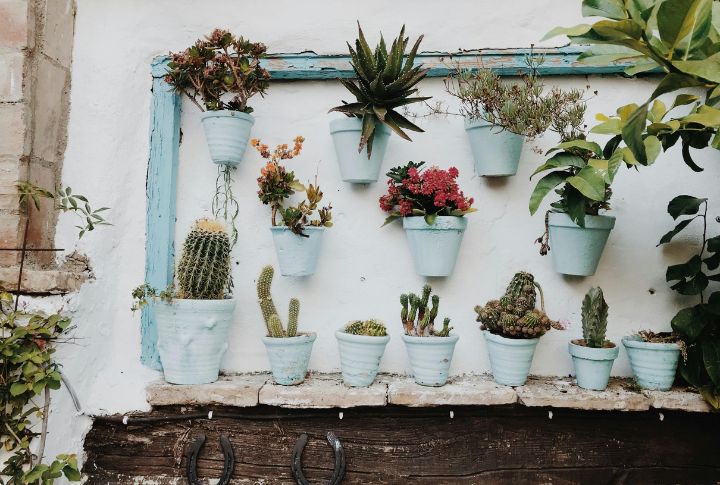
Urban spaces often have more vertical room than horizontal, which makes vertical gardening a great choice. Use wall planters or trellises to let your plants grow upward rather than outward. This isn’t just about saving space; vertical gardening can turn a dull wall into a display of fresh veggies or herbs. If you’re limited on room, go vertical.
Composting: An Easy Way to Turn Scraps Into Gold
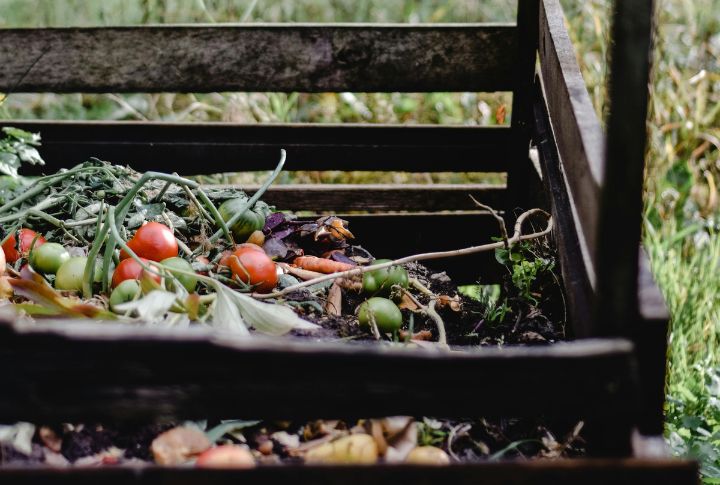
Instead of tossing out food scraps and yard waste, turn food waste into rich fertilizer by adding a compost bin to the kitchen or balcony. Composting transforms scraps into nutrient-rich soil that can feed your garden. No need for a big backyard—just a small space and a little dedication to sustainability.
Turn Everyday Objects into Garden Helpers
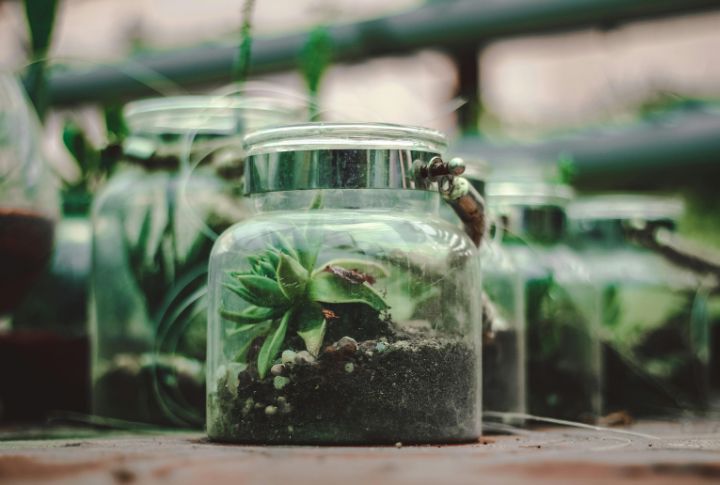
You don’t need to spend money on fancy planters. Look around your house for unused items like old containers or jars that can easily be turned into garden tools. Turn an old wooden pallet into a planter, and use jars to hold smaller plants like herbs.
Herbs on a Balcony or Windowsill
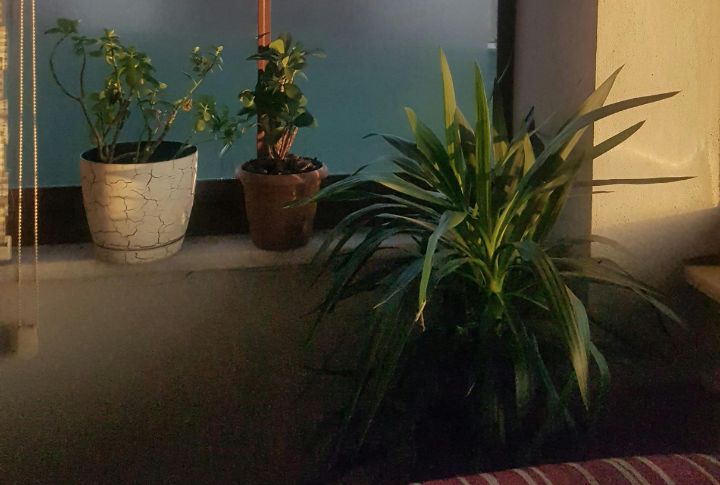
If space is tight, starting a mini herb garden is a simple way to add flavor to your meals. You can use small pots on a windowsill or balcony for plants like basil, parsley, or cilantro. These herbs are easy to maintain, and having them within reach when you’re cooking adds convenience to your apartment kitchen.
Save Water with a Rainwater Collection System
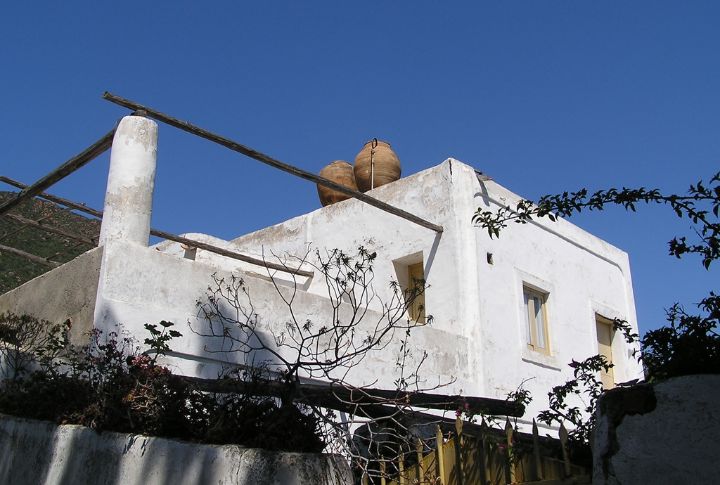
Instead of letting rainwater go to waste, set up a rain barrel to collect it from your roof for your garden or houseplants, reducing your water bill and conserving resources. It’s an eco-friendly solution that works well in urban settings where water can be scarce, especially during dry spells.
Make a Simple DIY Watering System

Automating your garden’s watering schedule doesn’t have to be expensive. To create a simple slow-release watering system, fill the bottles with water, drill small holes in the caps, and bury them upside down near the roots of your plants. This keeps the soil moist without overwatering and allows you to go about your day without worrying about your garden.
Grow Microgreens in Almost Any Small Space
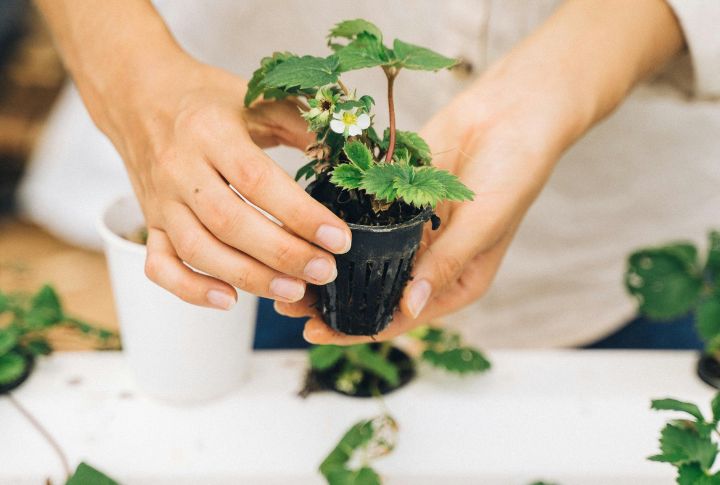
Microgreens are packed with nutrients, and they’re incredibly easy to grow in even the smallest of spaces. Use mason jars or trays to sprout seeds like radishes or alfalfa, and place them in a well-lit area. Within a few days, you’ll have a fresh, healthy addition to your salads or sandwiches. Plus, they’re small enough to fit on a kitchen counter.
Pair Plants for Better Growth
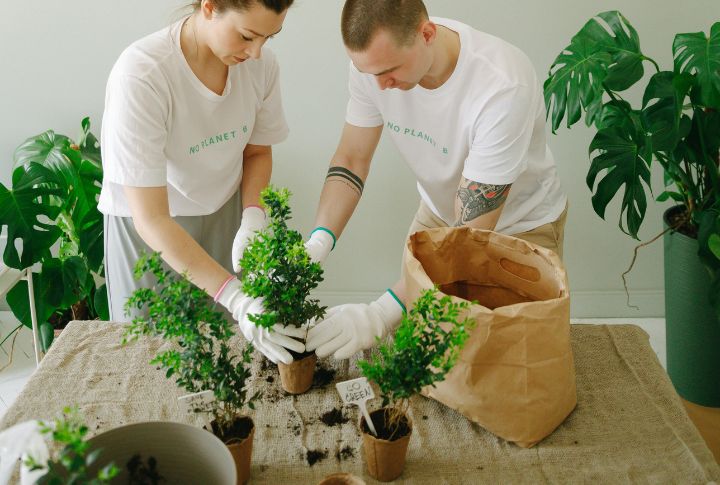
Companion planting is a clever way to grow more produce in a small space. When you combine plants that benefit each other, like planting basil near tomatoes, can improve the tomatoes’ growth and help ward off pests, you create a natural synergy that doesn’t rely on chemical pesticides or fertilizers.
Use a Small Garden Shed to Stay Organized
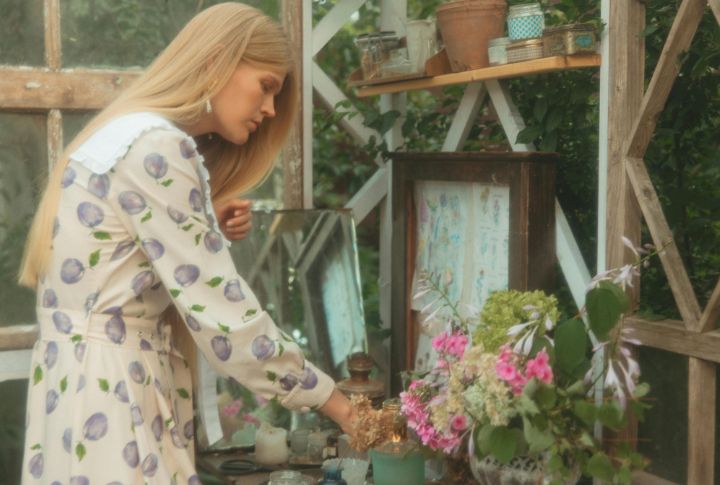
Even in a limited space, staying organized can make all the difference. A compact garden shed provides a designated spot for your tools, soil, and other materials. You can find small, vertical storage options that don’t take up much room but still help keep everything in order. This way, your garden space feels more manageable and less cluttered.
Hydroponics: Grow More with Less Space
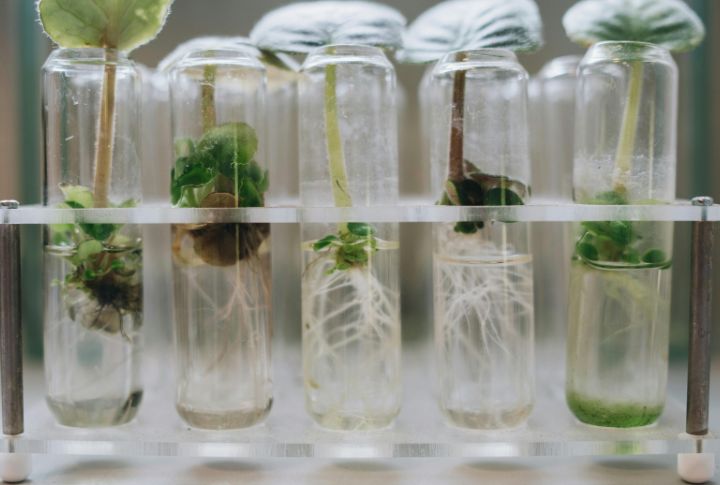
Hydroponics is a great option if you want to grow plants without soil, especially when space is at a premium. By using a nutrient-rich water solution, you can cultivate vegetables or herbs in a small setup, like a kitchen counter or a balcony. It’s a low-maintenance system that can yield a surprising amount of produce in even the most compact apartments.
Join a Community Garden

If your own space is limited, consider joining a community garden. These shared spaces offer plots where you can grow your own vegetables and herbs alongside fellow gardeners. It’s a great way to meet others who share your interests while gaining access to more room for growing. Plus, community gardens often come with a wealth of shared knowledge.
DIY Natural Fertilizer from Kitchen Scraps

Stop tossing out eggshells and coffee grounds—they can be used to make a powerful, all-natural fertilizer for your plants. Simply crush the eggshells and sprinkle them into your garden soil, or mix coffee grounds with compost for added nitrogen. It’s an easy, cost-effective way to give your plants a nutritional boost while reducing waste.
Create a Pollinator-Friendly Space
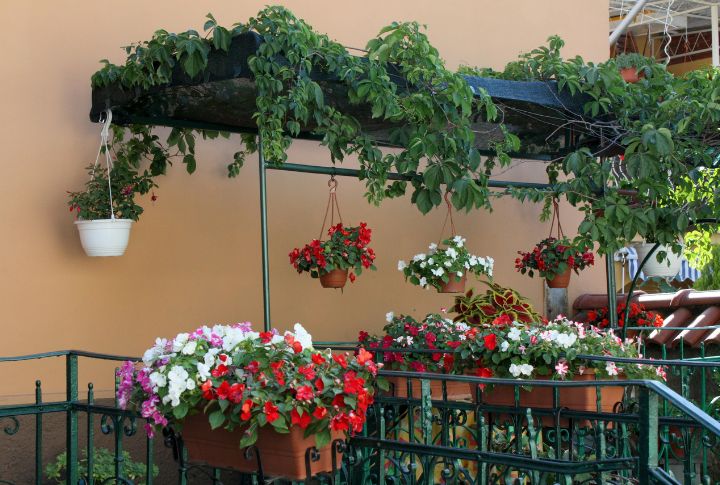
Bees and butterflies are important for pollination, which keeps your garden thriving. Plant flowers like lavender or marigolds to attract these helpful creatures to your space. Even in a small garden, supporting pollinators is good for the health of your plants and their ecosystem. This small effort can make a big impact on the biodiversity around you.
Container Gardening for Flexibility
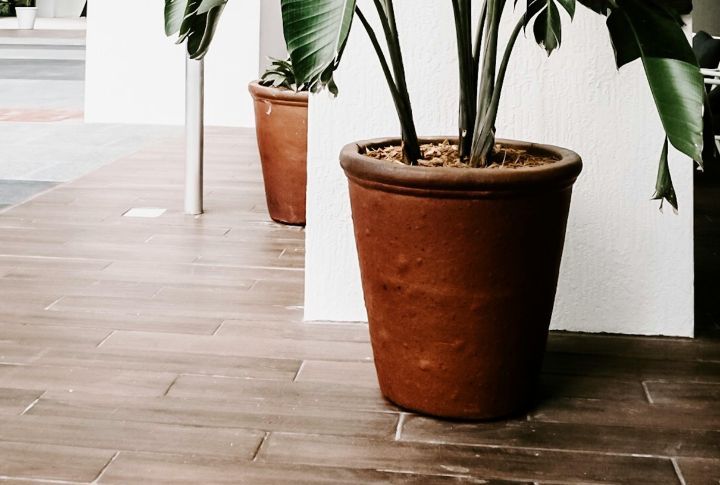
If you don’t have a garden plot, container gardening is a flexible way to grow vegetables and flowers in a limited space. Use pots of varying sizes and move them around as needed, whether it’s to catch more sun or to rework your space. This method gives you control over your garden’s layout and allows you to make the most of small areas like patios or balconies.

